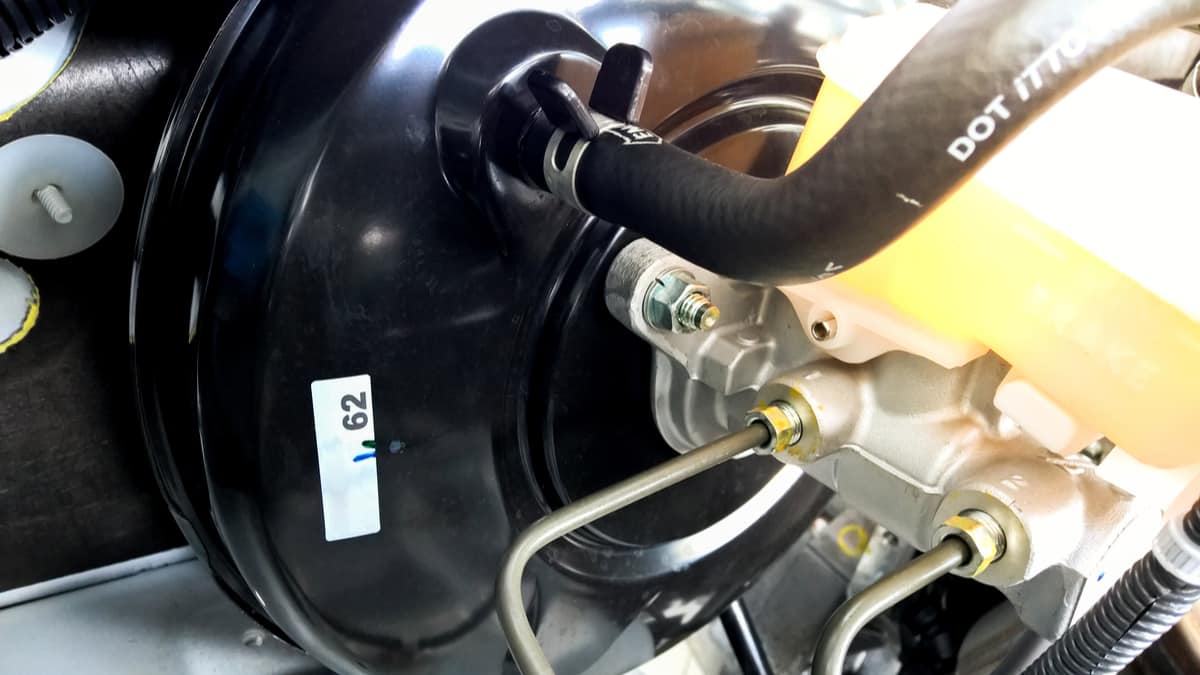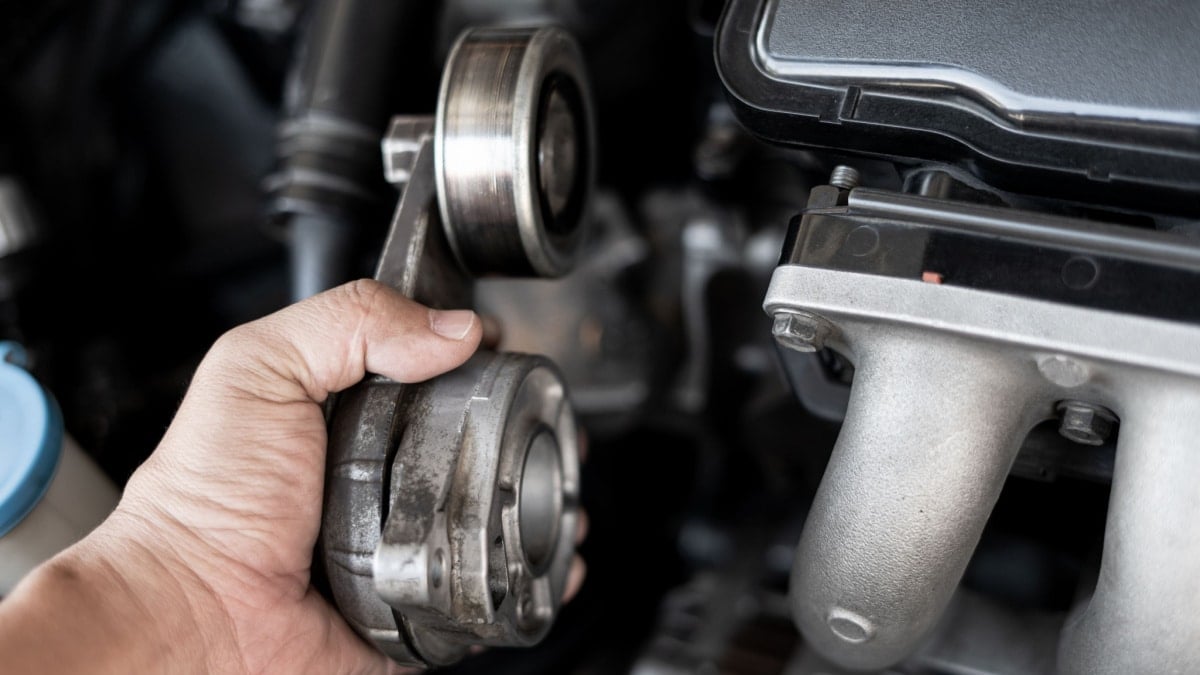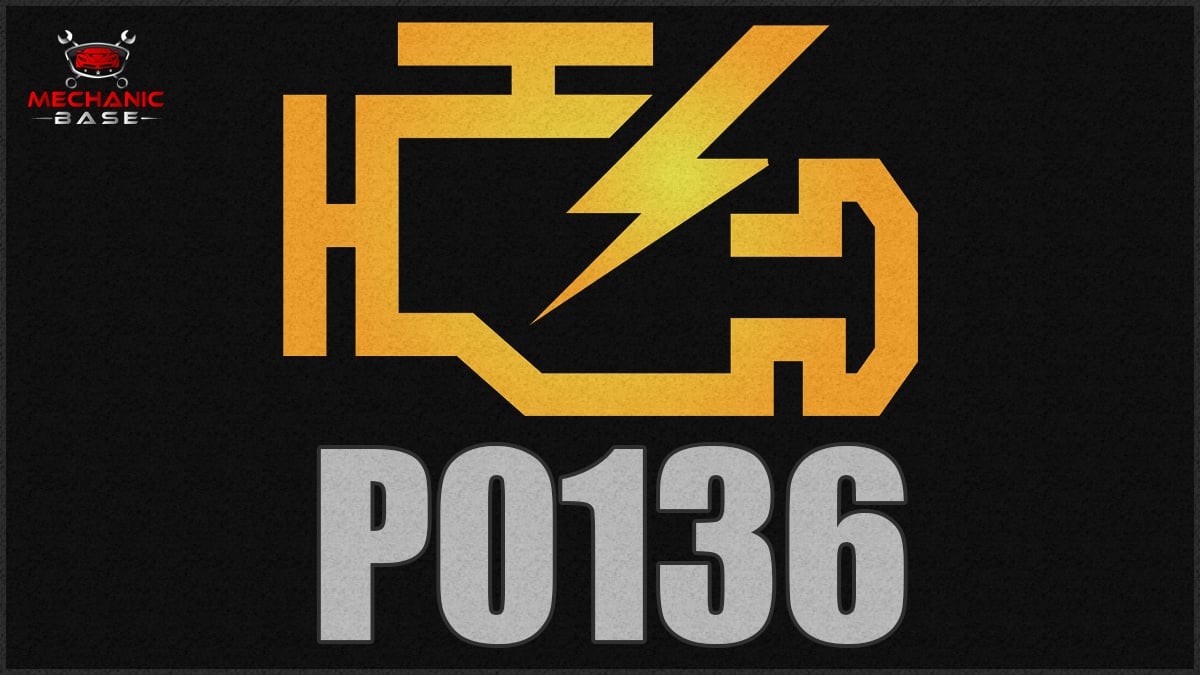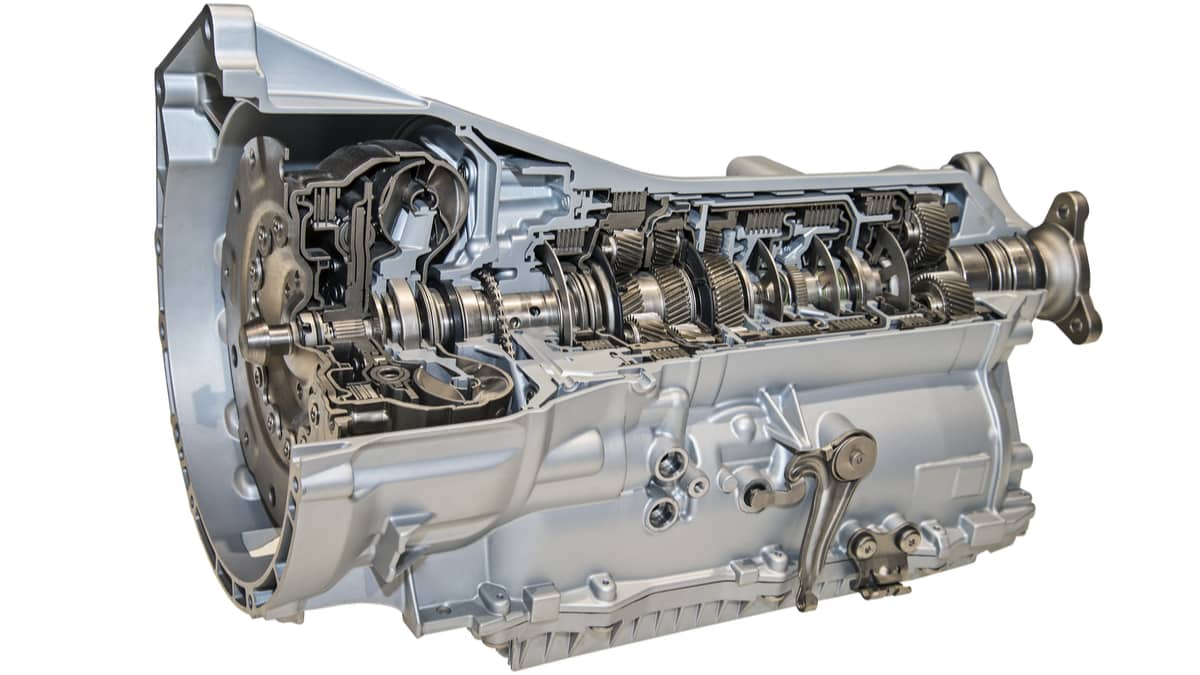There are tons of components in your vehicle’s charging system, but while the battery and the alternator get all the love, the voltage regulator is another crucial component.
If you’ve never heard of a voltage regulator or don’t know how they work, you can run yourself in circles trying to figure out what’s wrong with your vehicle.
In this comprehensive guide, I’ll break down everything you need to know to check your voltage regulator and get your vehicle back on the road running like new!
Symptoms Of A Bad Voltage Regulator
The most common symptoms of a bad voltage regulator are a stalling engine and a battery warning light on your dashboard. It may also cause the voltage to spike, which can damage electrical parts in your car. At night, you might also notice flickering headlights.
Because of the importance of a good voltage in your vehicle, a voltage regulator can cause many different symptoms.
Below is a more detailed list of the signs of a bad or failing voltage regulator to look for:
1. Too High Voltage in the Battery
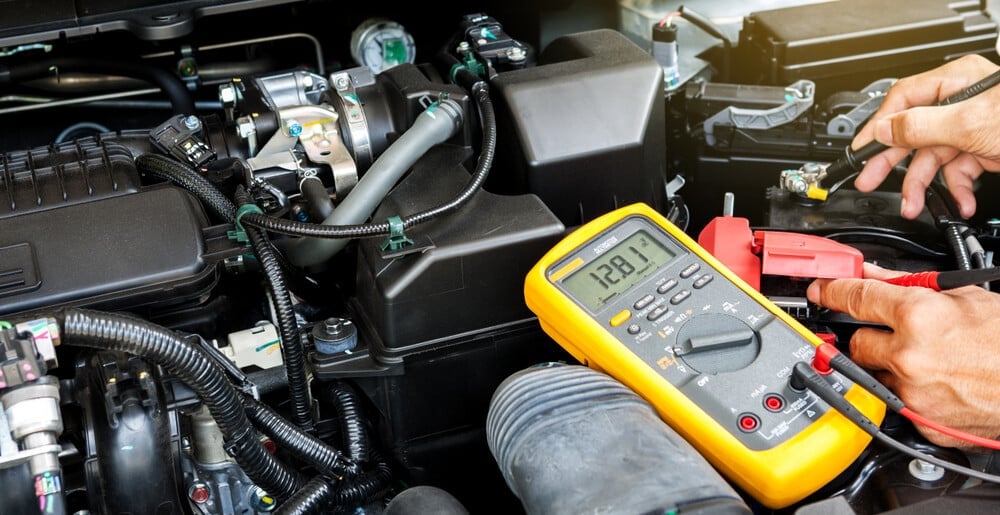
There are two ways a voltage regulator can fail. First, it can stop directing enough voltage to the battery. Second, it can direct too much power to the battery. If it’s sending too much power, you’re going to run into problems sooner rather than later.
A fully charged battery has 12.6 volts, but it’s not uncommon for them to sit at 13.7 volts while the alternator charges them. Anything more than that can cause damage. You’ll notice the battery is getting far too warm, potentially warping, and if left alone long enough, potentially cracking or exploding.
2. Dead Battery

You’ll get too much voltage if the voltage regulator isn’t diverting power when it should. If it’s not sending enough voltage to the battery, it will constantly be dead.
It can be one of the more frustrating components to troubleshoot because you don’t usually start looking at your voltage regulator when your vehicle isn’t starting as it should.
It is quite easy to measure the charging voltage from the alternator with a multimeter though.
Related: Alternator Not Charging – 6 Causes & Diagnostics
3. Battery Light or Check Engine Light
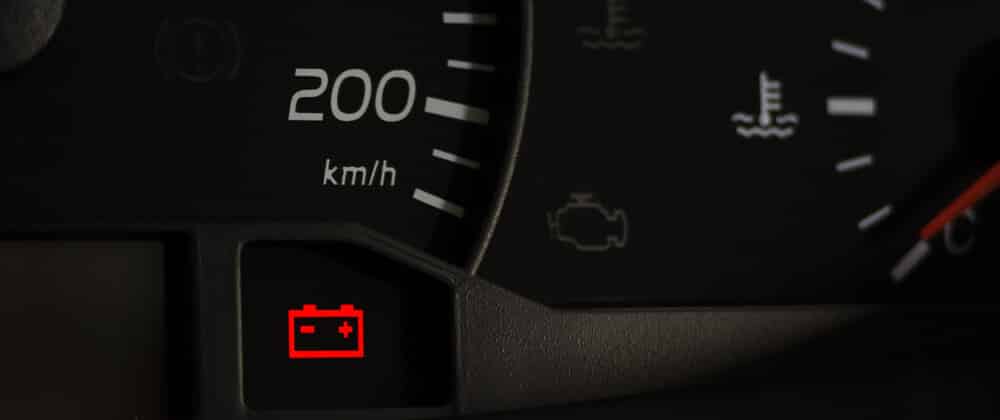
Whether your voltage regulator is neglecting to charge your battery or it’s overcharging it, various sensors might activate either a check engine light or a battery light. If either of these lights pops on, you should stop driving your car immediately.
Either your vehicle might die altogether, or the battery might overcharge and explode. Either way, nothing good is going to come of it.
4. Inconsistent Operation of Electrical Components
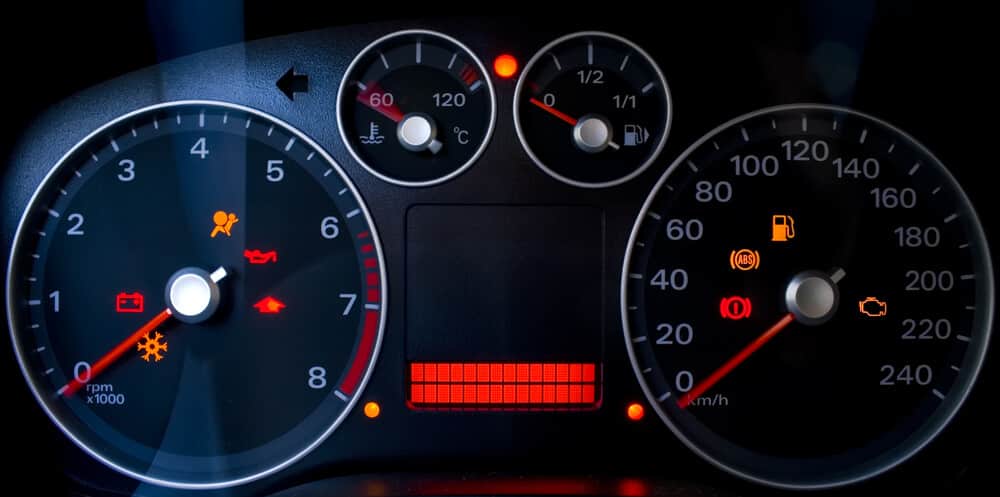
If your voltage regulator is operating intermittently, the electrical components around your vehicle will operate that way too. Whether it’s your radio, dashboard lights, or more critical components like your fuel pump, you’ll notice inconsistent operation.
If you have a lot of strange electrical problems, it may be too low or too high voltage caused by the voltage regulator.
5. Vehicle Dies While Running

If your voltage regulator isn’t directing enough power to the battery while the engine is running, your vehicle will shut off as you’re driving down the road.
Your vehicle needs voltage to run, so if it’s not getting any, you’re going to run into problems. This will typically only be a problem if either the voltage regulator or the alternator completely fails.
Related: 6 Causes Why Your Car Shuts Off While Driving
6. Dimming/Pulsing Lights

If your vehicle’s voltage regulator is working inconsistently, then you might notice that your lights are “pulsing” as they get brighter and dimmer. This happens when your voltage regulator is unable to maintain a consistent voltage like it’s supposed to.
However, if your voltage regulator is starting to fail and does not maintain the proper amount of voltage, you might notice that you have lights that aren’t as bright as they should be.
Voltage Regulator Function
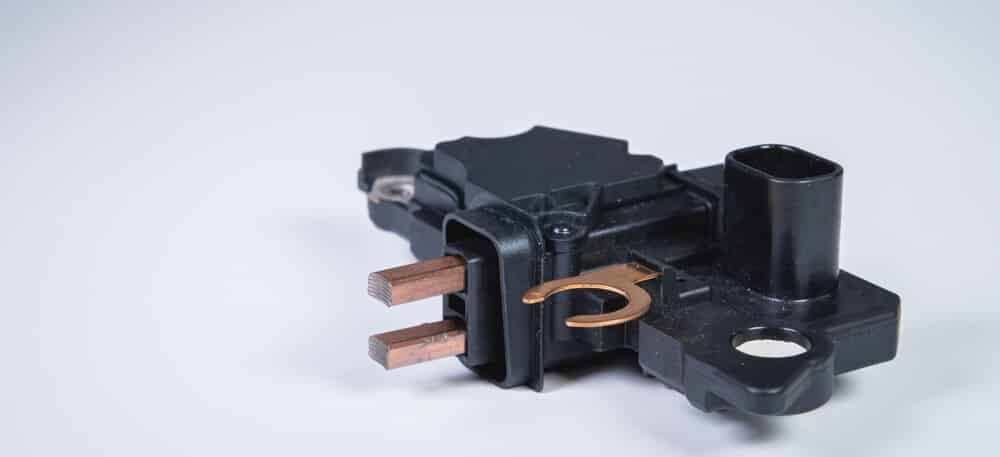
At the risk of sounding redundant, your voltage regulator regulates your voltage. If that doesn’t make sense, keep reading, and I’ll break down exactly how it does it.
All of the voltage starts in your alternator, but since it’s belt-driven, it creates voltage whenever your engine is running. But your battery can only handle up to 14.5 volts at a time (12.6 volts is a full charge). If the alternator kept dumping all that voltage into the battery, it would blow up!
Your voltage regulator monitors your battery’s current-voltage and sends voltage that way when it starts to dip too low. When the battery has enough voltage, the regulator diverts all that excess power to the ground, effectively eliminating it from the system.
When everything is working correctly, it’s an extremely efficient system that keeps everything working the way it should.
Voltage Regulator Location

Most of the time, the voltage regulator is located on the alternator’s back or inside the alternator.
Some vehicles will have the voltage regulator mounted off to the side of the alternator, but That is quite rare.
If the voltage regulator is located inside the alternator, it can be challenging to locate depending on the alternator type. While some manufacturers put them in easy-to-access locations, others bury them.
As a final twist, many newer vehicles are starting to incorporate the voltage regulator directly into the Engine Control Module (ECM). It runs off a separate circuit in these systems, and you can’t replace just the voltage regulator.
Voltage Regulator Replacement Cost
The average voltage regulator replacement cost is between $70 and $400, depending on the car model and labor costs. A voltage regulator costs $20 to $200, and the labor costs $50 to $200.
Depending on which vehicle you drive, replacing the voltage regulator can mean replacing the entire alternator or just the regulator.
If you need to replace the entire alternator, it usually costs between $200 and $500 for the part alone. From there, it’s usually a pretty easy job for a mechanic, so you can expect to spend between $50 and $100 in labor.
A Voltage regulator typically costs between $20 and $200. While it’s a big price range, they usually cost a little less if you drive a smaller vehicle. Labor costs vary as well, depending on how easy the regulator is to access.
Because of their varying locations, voltage regulators can cost as little as $50 for labor, but for some vehicles, it’s possible to spend closer to $200.
If you’re mechanically inclined, you can replace both an alternator with a voltage regulator and a standalone voltage regulator without too much of a hassle.







